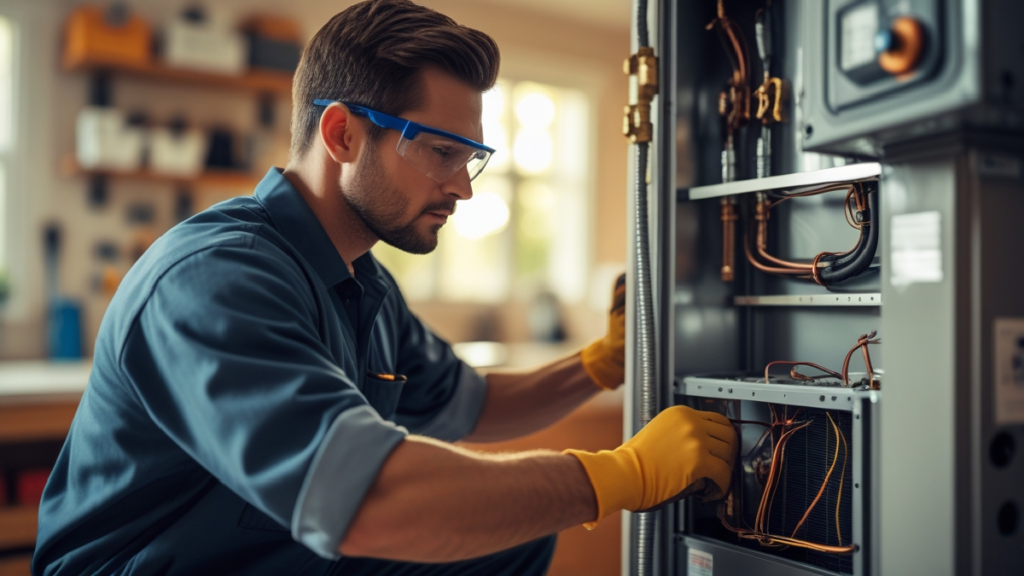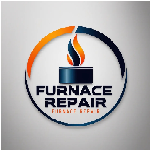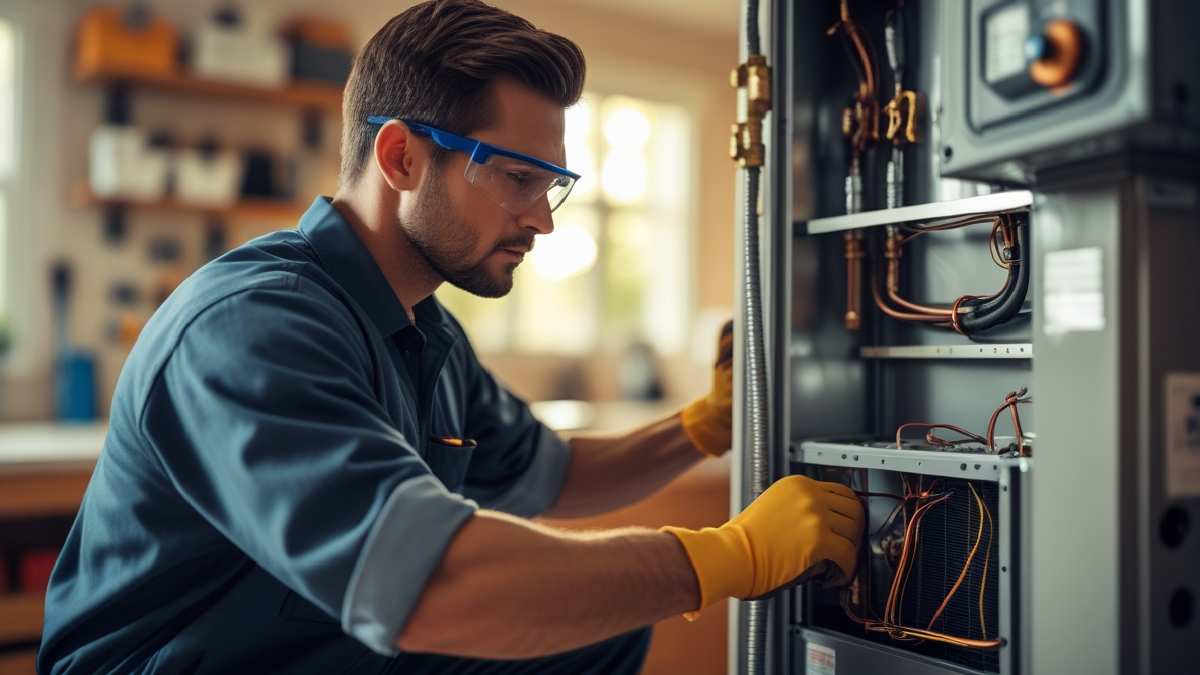Understanding the Importance of HVAC Installation Service for Safe and Efficient Home Climate Control
When it comes to maintaining a comfortable, healthy, and energy-efficient living environment, the significance of a properly installed HVAC system cannot be overstated. HVAC installation service is not merely about fitting a new unit; it involves a comprehensive process that emphasizes safety, precision, and adherence to best practices.

A professional installation ensures that your system operates optimally, reduces potential hazards, and extends the lifespan of your equipment. For homeowners across the United States planning to upgrade or replace their current HVAC system, understanding what goes into a safe and effective installation is essential. This guide aims to walk you through the critical safety considerations before, during, and after installation, providing clarity, confidence, and peace of mind in every step of the process.
Preparing for HVAC Installation Service: Essential Steps Before the Installation
Assessing Your Home’s Heating and Cooling Needs to Ensure Proper System Sizing and Functionality
Before scheduling an HVAC installation service, it’s vital to evaluate your home’s specific heating and cooling requirements. HVAC Installation Service This process involves more than just choosing a unit based on size; it requires a detailed assessment of your home’s unique characteristics. Factors such as the total square footage, insulation quality, window placement, ceiling height, and existing ductwork all influence the ideal system size.
A professional HVAC technician will perform a load calculation—often referred to as a Manual J calculation—to determine the precise heating and cooling load your home requires. Proper sizing is crucial: an undersized unit will struggle to maintain comfort levels, especially during peak seasons, while an oversized system can lead to frequent cycling, increased wear and tear, and higher energy bills.
Ensuring the correct system size not only optimizes comfort but also enhances safety by preventing system overloads and reducing the risk of electrical or mechanical failures.
Inspecting the Existing System and Infrastructure to Identify Potential Hazards and Necessary Repairs
Homeowners should conduct a thorough inspection of their current HVAC setup before installing a new system. HVAC Installation Service This inspection helps identify potential hazards or issues that could interfere with the installation process or compromise safety afterward.
Common concerns include outdated or damaged wiring, corroded ductwork, refrigerant leaks, and gas line issues. If your existing system has safety hazards such as exposed wiring, gas leaks, or significant corrosion, addressing these problems beforehand is critical.
These hazards can pose serious risks during installation and operational safety. Engaging a qualified technician for a comprehensive assessment ensures that any existing problems are identified early, allowing for necessary repairs or upgrades. This proactive approach minimizes the risk of accidents, system failures, or safety violations during and after installation.
Clearing the Work Area and Ensuring Accessibility for a Smooth Installation Process
Preparing your home for HVAC installation involves creating a safe and accessible work environment. HVAC Installation Service Clear the designated areas around the furnace, air handler, outdoor unit, and ductwork pathways. Remove furniture, decorations, and any obstacles that could hinder technicians’ movement or cause accidents.
A clutter-free space allows technicians to work efficiently, reduces the risk of damage to your property, and enhances safety for everyone involved. Additionally, providing easy access to the installation sites helps prevent delays and ensures that the work can be completed thoroughly and safely. Consider trimming bushes or removing debris around outdoor units to facilitate easy access and proper ventilation.
Verifying Permits and Hiring Licensed Professionals for Compliance and Quality Assurance
In many states and local jurisdictions across the U.S., HVAC installation requires permits to ensure compliance with building codes and safety standards. Homeowners should verify that their chosen HVAC service provider is licensed, insured, and experienced in handling installations according to local regulations.
Working with certified professionals guarantees that the installation process adheres to safety standards, minimizes liability, and results in a high-quality outcome. HVAC Installation Service Always ask for proof of licensing and insurance before proceeding. Proper licensing not only ensures legal compliance but also provides peace of mind, knowing that skilled technicians are handling your system with expertise and accountability.
During HVAC Installation Service: Ensuring Safety and Quality Control
Following Proper Handling Procedures for Equipment and Materials to Prevent Damage and Injury
During installation, technicians must handle all equipment and materials with care to prevent damage and ensure safety. Heavy units such as outdoor condensers and indoor air handlers should be transported using appropriate lifting techniques and equipment. Mishandling can cause physical injuries or damage to sensitive components.
Proper handling of refrigerant lines is essential to prevent leaks, which can be hazardous to health and the environment. HVAC Installation Service Electrical components must be installed following manufacturer specifications and electrical codes to avoid shocks, fires, or system malfunctions. Technicians should also wear personal protective equipment (PPE) such as gloves, safety glasses, and steel-toed boots to protect themselves and your property.
Proper handling procedures are fundamental to achieving a safe, durable, and efficient HVAC system.
Adhering to Electrical and Refrigerant Safety Standards to Protect Homeowners and Technicians
Electrical safety is paramount during HVAC installation. Technicians should turn off all power supplies before working on electrical wiring, use insulated tools, and follow the National Electrical Code (NEC) standards. Proper wiring connections ensure system safety, prevent electrical shocks, and reduce fire risks. Refrigerant handling requires specialized training to prevent leaks, which can be toxic and environmentally damaging. Technicians must use proper tools and techniques to connect refrigerant lines securely and check for leaks with approved detection methods. Following these safety standards protects everyone involved and ensures your HVAC system operates safely and efficiently for years to come.
Implementing Proper Ventilation and Exhaust Procedures to Ensure Indoor Air Quality and Safety
During installation, adequate ventilation is critical to prevent the buildup of harmful fumes or gases, especially when working with combustion appliances like furnaces or boilers. Technicians should ensure that exhaust gases are vented outdoors properly and that ventilation ducts are sealed and correctly installed.
Proper ventilation not only protects indoor air quality but also enhances system efficiency and safety. HVAC Installation Service Inadequate ventilation can lead to dangerous carbon monoxide buildup, which poses serious health risks. Therefore, technicians must follow strict procedures to ensure all exhaust and ventilation pathways are secure and functioning correctly.
Conducting Safety Checks Before Powering Up the System to Prevent Hazards
Before turning on your newly installed HVAC system, a comprehensive safety check is essential. HVAC Installation Service Technicians should verify that all electrical wiring is correctly connected and secured, refrigerant lines are leak-free, and all panels and covers are in place.
They should also ensure that no tools, debris, or obstructions remain inside the unit. Confirming these safety measures reduces the risk of electrical shorts, refrigerant leaks, or mechanical failures once the system is operational. A final safety inspection is the last step to ensure your HVAC system is ready for safe and reliable use.
Post-Installation Safety Measures and Homeowner Tips
Performing a Comprehensive System Inspection with Your Technician
After installation, homeowners should request a detailed walkthrough with the technician. This inspection should include verifying refrigerant levels, electrical connections, airflow, and safety features. Ask the technician to demonstrate how to operate safety switches, filters, and emergency shutoffs. Clarify any questions about system maintenance and safety protocols.
A thorough post-installation inspection ensures that your HVAC system is functioning correctly, safely, and efficiently, giving you confidence in your investment.
Understanding System Operation and Safety Features for Ongoing Protection
Familiarize yourself with your new HVAC system’s safety features, such as emergency shutoff switches, carbon monoxide detectors, and system alerts. Understanding how these features work allows you to respond promptly to any issues, minimizing safety risks.
Keep the user manual accessible and consider scheduling routine maintenance to ensure safety features remain operational. Educated homeowners are better equipped to identify potential problems early and take appropriate action.
Maintaining Your HVAC System for Safety and Efficiency through Regular Upkeep
Consistent maintenance is vital for the safe and efficient operation of your HVAC system. HVAC Installation Service Change filters every 1-3 months, keep vents and ducts clean, and schedule annual professional inspections.
Regular maintenance helps detect issues like refrigerant leaks, electrical faults, or airflow restrictions before they become serious problems. Proper upkeep not only prolongs the lifespan of your system but also prevents safety hazards such as carbon monoxide leaks or electrical fires.
Monitoring for Signs of Safety Concerns and Acting Promptly
Stay vigilant for any unusual signs that may indicate safety issues. These include strange noises, foul odors, inconsistent heating or cooling, or sudden increases in energy bills. HVAC Installation Service If any of these symptoms occur, contact a licensed technician immediately. Early detection and prompt action can prevent costly repairs and mitigate safety hazards, ensuring your home remains a safe and comfortable environment.
Common Mistakes to Avoid During and After HVAC Installation
One of the most frequent mistakes is selecting an improperly sized system, which can lead to inefficiency and safety risks. Overlooking the importance of licensing and working with unqualified technicians can result in substandard work, code violations, or safety hazards. HVAC Installation Service Failing to perform regular maintenance after installation can also compromise safety and system longevity.
Homeowners should educate themselves about the installation process, prioritize working with licensed professionals, and commit to ongoing system care to avoid these common pitfalls.
Conclusion: Building Trust Through Knowledge and Safety in HVAC Installation Service
Choosing a reputable HVAC installation service and understanding the safety measures involved are fundamental steps toward ensuring your home’s comfort and safety. Proper preparation before installation, strict adherence to safety standards during the process, and diligent maintenance afterward all contribute to a reliable, safe, and efficient HVAC system.
By staying informed, working with licensed professionals, and proactively caring for your system, you can enjoy the benefits of a well-installed HVAC system while minimizing risks. Remember, safety is a shared responsibility—your awareness and proactive approach play a crucial role in creating a safe, comfortable home environment for you and your loved ones.


Leave a Reply